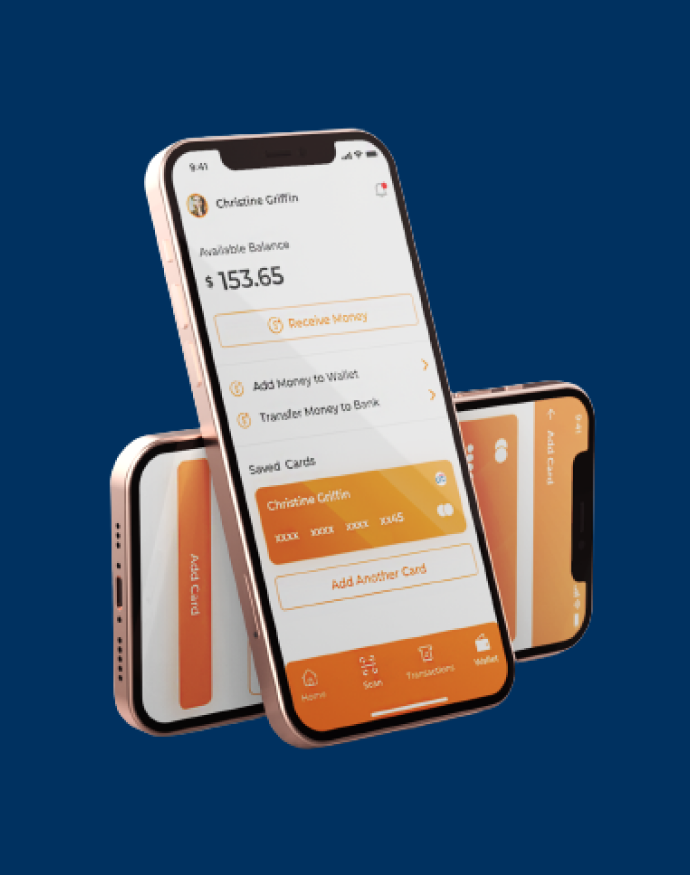In today’s digital age, peer-to-peer (P2P) payment apps like Venmo, PayPal, and Cash App have revolutionized how we manage transactions. These apps allow users to send and receive money with just a few taps on their smartphones, eliminating the need for cash or cards. In this guide, brought to you by the experts at Idea Usher, we’ll explore the essentials of developing a P2P payment app, including the types, features, costs, and security measures.
Understanding P2P Payment Apps
What are P2P Payment Apps?
P2P payment apps enable users to conduct monetary transactions directly with one another through a digital platform, typically linked to their bank accounts or credit cards. These apps are particularly useful for splitting bills, paying for services, or simply sending money to friends and family.
How P2P Payment Apps Work:
These apps require users to sign up and link their financial accounts. Transactions are conducted over secure networks, ensuring that money transfers are both safe and instantaneous.
Types of P2P Payment Apps
- Standalone Payment Apps: Apps like PayPal and Venmo allow users to store funds and make payments directly from the app.
- Bank-Centric Apps: Apps developed by banks or in partnership with banks, such as Zelle, that facilitate transfers directly between bank accounts.
- Social Media-Centric Apps: Platforms like Facebook Messenger and Snapchat have integrated payment features, allowing users to send money within social media apps.
- Foreign Exchange Apps: Apps like Wise that specialize in sending money across borders with lower fees than traditional banks.
- P2P Lending Apps: These apps provide microloans or allow users to lend money to others, often with lower interest rates than banks.
Key Features for a P2P Payment App
- User Registration and Authentication: Ensure secure signup and login processes, including biometric checks (fingerprint or facial recognition).
- Instant Notifications: Alert users to account activity, including received payments and successful transfers.
- Transaction History: Allow users to view a detailed log of their past transactions.
- Digital Wallet Integration: Enable users to add, store, and manage funds directly within the app.
- Encryption and Security: Implement robust security measures to protect financial data and comply with regulatory standards like PCI DSS.
Developing a P2P Payment App: Steps to Follow
- Select the App Type: Decide whether your app will be standalone, bank-centric, or another type based on your target audience.
- Choose the Platform: Start with one mobile platform (iOS or Android) if budget constraints exist.
- Plan Essential Features: Include must-have features and consider unique additions that could set your app apart.
- Address Security and Legal Concerns: Prioritize data security and ensure compliance with all applicable laws and regulations.
Security Measures for P2P Payment Apps
- Two-Factor Authentication (2FA): Adds an extra layer of security beyond just a password.
- Data Encryption: Ensures that all user data transmitted through the app is securely encrypted.
- Regular Audits: Conduct security audits to identify and mitigate vulnerabilities.
Choosing the Right Technology Stack
For a robust and responsive P2P payment app, selecting the appropriate technology is crucial:
- For iOS: Consider using Swift or Objective-C with Apple XCode.
- For Android: Java or Kotlin with Android Studio is recommended.
- Back-End Development: Utilize secure and scalable server-side technologies like Node.js or Ruby on Rails.
Monetization Strategies
- Premium Services: Offer basic features for free, while reserving advanced features for premium users.
- Advertising: Generate revenue through targeted ads within the app.
Conclusion
Developing a P2P payment app involves careful planning and execution, with a focus on security, user experience, and legal compliance. By following this guide, you can create a reliable and efficient payment app that meets the needs of modern consumers.
About Idea Usher
At Idea Usher, we specialize in developing innovative online payment solutions. Our team of experienced developers is ready to help you turn your P2P payment app idea into reality. Contact us today to learn more about our services and how we can assist you in launching a successful payment app.
Work with Ex-MAANG developers to build next-gen apps schedule your consultation now
Frequently Asked Questions
1. What is a P2P payment app?
A Peer-to-Peer (P2P) payment app allows users to transfer funds directly between each other without the need for a traditional bank as an intermediary. Users can link their bank accounts or credit cards to the app to send and receive money almost instantly.
2. How do P2P payment apps work?
P2P payment apps work by connecting to your bank account, credit card, or digital wallet. When you send money, the app withdraws funds from your account and deposits them into the recipient’s account. The process is secured by encryption and other security measures to protect users’ financial details.
3. How much does it cost to develop a P2P payment app?
The development cost of a P2P payment app can vary significantly based on features, complexity, and the technology used. Basic apps can start from $20,000 and go up to $140,000 or more for apps with advanced features like encryption, large-scale integration, and custom designs.
4. What are the key features of a P2P payment app?
Essential features of a P2P payment app include user registration, secure login, link to bank accounts or cards, the ability to send and request money, transaction history, notifications, and high-level encryption for security.
5. What are the main challenges in developing a P2P payment app?
Challenges include ensuring robust security to protect against fraud, achieving regulatory compliance, integrating with various banking systems, providing a user-friendly interface, and managing financial transactions securely and efficiently.




















